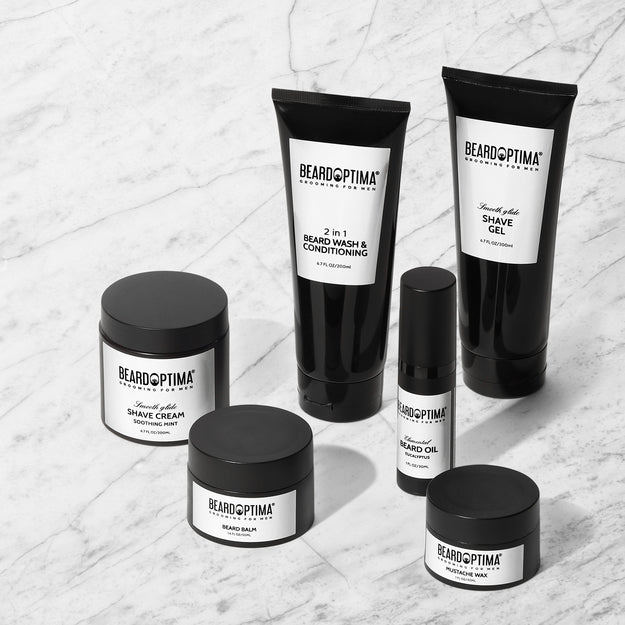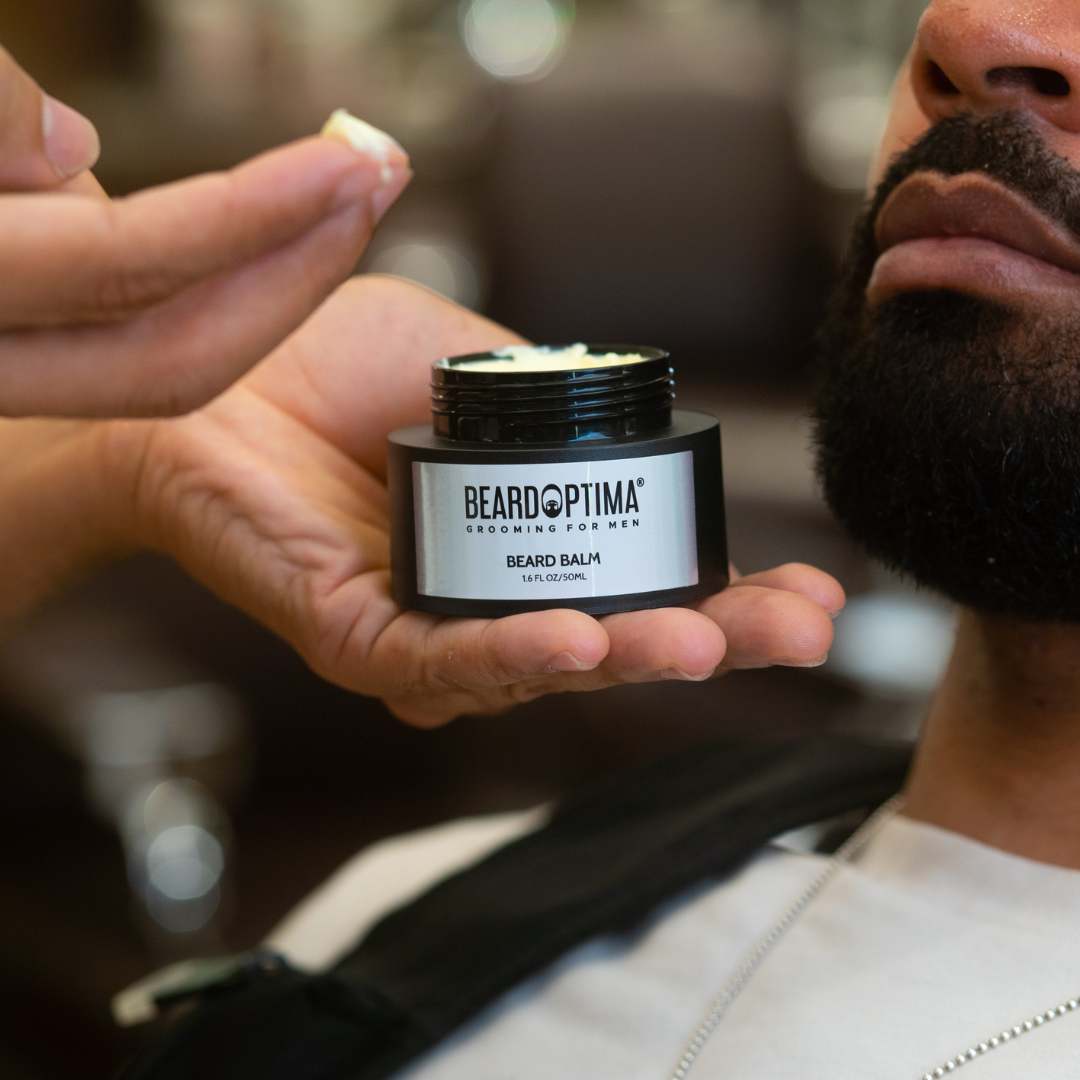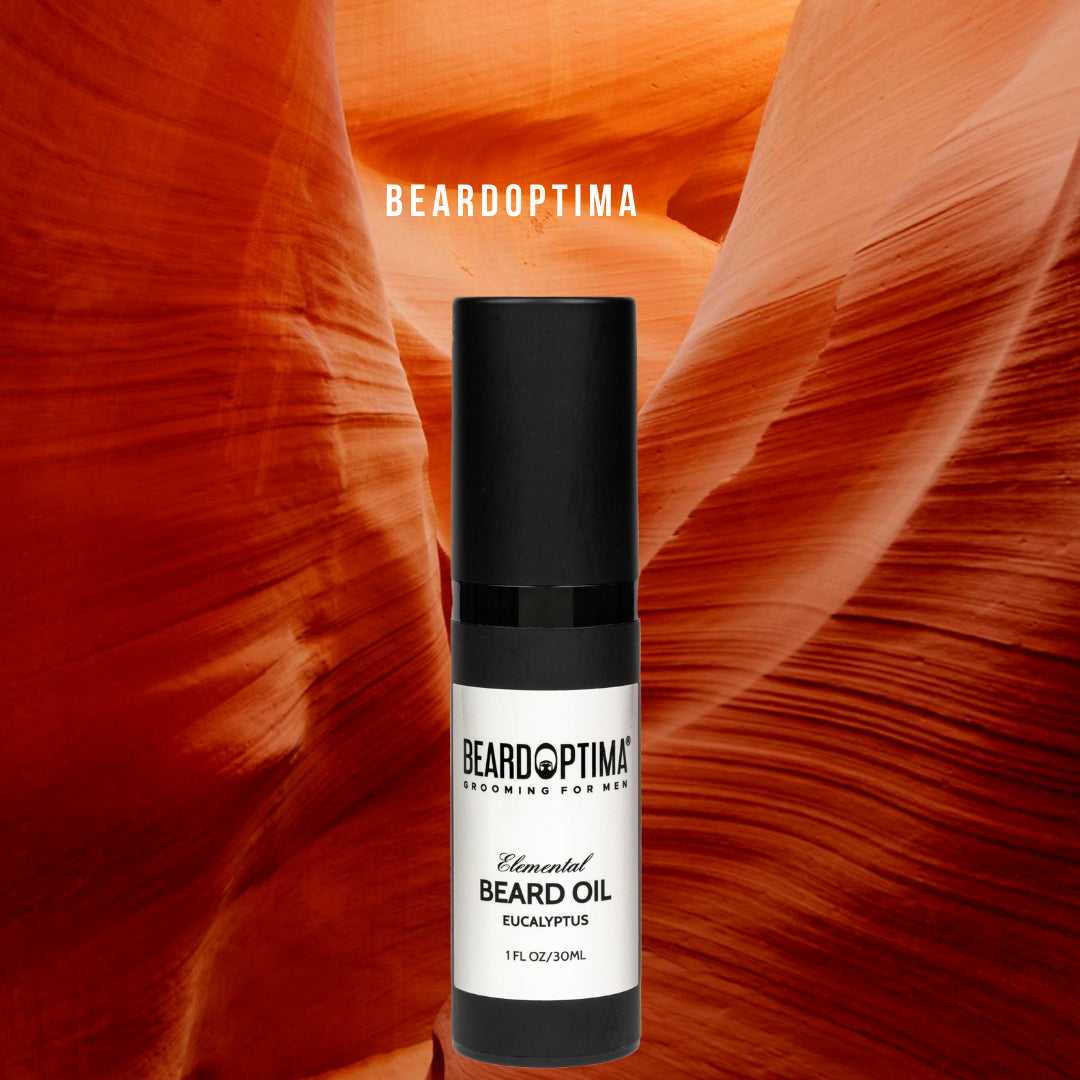
HOW TO USE A STRAIGHT RAZOR
Using a straight razor for shaving requires careful technique and attention to detail. Here is a step-by-step guide on how to use a straight razor by Beardoptima
-
Preparation:
- Start by thoroughly cleaning your face with warm water and a gentle facial cleanser or pre-shave soap. This helps to remove dirt, oil, and dead skin, making it easier for the razor to glide smoothly.
- Apply a warm towel or wet shave towel to your face for a few minutes. This helps to soften the beard and open up the pores, making the shaving process more comfortable.
-
Stropping the Razor:
- Before using the straight razor, it's important to strop the blade to ensure it's sharp and ready for shaving.
- Attach one end of the strop to a stable object, such as a hook or doorknob, and hold the other end firmly.
- With the blade facing away from you, gently move the razor back and forth along the strop. Start with the spine of the razor and gradually increase the angle until the cutting edge comes into contact with the strop.
- Repeat this stropping motion around 20-30 times on each side of the blade. Stropping helps to realign the blade's edge and remove any microscopic burrs.
-
Building Lather:
- Use a shaving brush and shave soap or cream to create a rich lather. Soak the brush in warm water and then swirl it over the soap or cream in a circular motion until you achieve a thick and creamy lather.
- Apply the lather to your face using the brush, ensuring that the entire beard area is covered. This provides lubrication and protection for the razor to glide smoothly across the skin.
-
Shaving Technique:
- Hold the straight razor with your dominant hand, gripping the handle firmly and resting your index and middle fingers on the shank for better control.
- Using your free hand, stretch the skin in the area you're about to shave. This helps to create a taut surface for the razor to glide over smoothly.
- Start shaving with light, short strokes in the direction of hair growth. Use minimal pressure and let the weight of the razor do the work. Avoid applying excessive pressure to prevent cuts or irritation.
- Rinse the blade frequently to remove any shaving debris or excess lather. This helps maintain the razor's cutting efficiency.
- For a closer shave, you can perform additional passes across the grain or against the grain. However, be cautious as this can increase the risk of irritation or razor burn.
- Remember to take your time, especially if you're new to using a straight razor. Precision and control are key to achieving a smooth and comfortable shave.
-
Post-Shave Care:
- Rinse your face with cold water to close the pores and remove any remaining lather.
- Apply a soothing aftershave balm product or moisturizer to hydrate and soothe the skin. Look for products specifically designed for post-shave care.
- Clean and dry your straight razor thoroughly after use. Proper maintenance, including drying and occasionally oiling the blade, helps to prevent rust and maintain its sharpness.
Using a straight razor requires practice and patience to master the technique. It's important to prioritize your safety and take precautions to avoid nicks or cuts. Consider seeking guidance from an experienced barber or watching tutorial videos for additional visual instruction.





